Price match guarantee

We’ve teamed up with Klarna to provide flexible payment options, allowing you to shop the way you want. With Klarna, you can split your payment into 3 instalments or choose to pay later, making your shopping experience smoother and more convenient. Your order total must be between £100 and £499 to qualify.

We’ve teamed up with Klarna to provide flexible payment options, allowing you to shop the way you want. With Klarna, you can split your payment into 3 instalments or choose to pay later, making your shopping experience smoother and more convenient. Your order total must be between £100 and £499 to qualify.
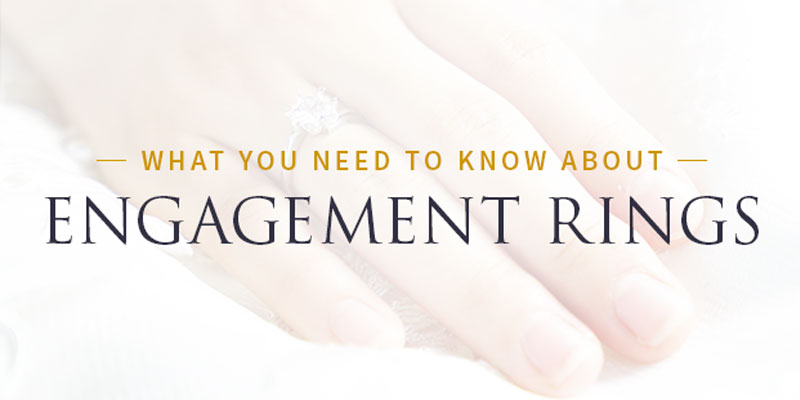
August 16, 2017 | by Admin
It is law within the UK that every item of precious metal sold such as Platinum, Gold, Silver is stamped labelling the item with the type of metal it is. Platinum pieces which weigh less than 0.5 grams, 18ct Gold and Palladium pieces weighing less than 1.0 gram and Silver pieces weighing less than 7.78 grams are except from hallmark.
At Diamonds Factory all our products are hallmarked as per UK hallmarking law from London Assay Office (The GoldSmith Company)
The Goldsmiths' Company Assay Office is the oldest assay office in the United Kingdom. It has provided hallmarking services since The Goldsmiths' Company was founded in the 1300s. The company received its royal charter in 1327 and ranks 5th in order of precedence of the 12 Great Livery Companies of the City of London.
Hallmarking dates back to the 1300s when Edward I of England passed a law requiring any item made of silver, which was offered for sale, to be at least of equal quality as that of the coin of the realm (silver currency). The wardens of The Goldsmiths' Company were tasked with visiting workshops in the City of London to assay (test) silver articles. If these articles were found to be below standard they were originally destroyed and the metal forfeited to the King. If they passed, each article received the King's mark of authentication - the mark of a leopard's head. By 1478, there were several hundred workshops and merchants manufacturing silver articles in the City of London. It was not possible for the wardens to visit them all so the merchants were ordered to bring their items to Goldsmiths' Hall for testing and marking and a permanent Assay Office was established in the building. This is the origin of the term hallmark - struck with the King's mark at Goldsmiths' Hall.
In 1544 the Goldsmith's Company adopted the King's mark as their town mark and the mark of the leopard's head is now internationally recognised as the mark of this assay office.
The Goldsmiths's Company Assay Office is still based at Goldsmiths's Hall and remains the oldest company in Britain to be continually trading from the same site. However, it also has two satellite offices; at Greville Street in Hatton Garden in the heart of the London jewellery quarter and within a high security complex near London's Heathrow airport. It now has a new off-site facility within the Dalston-based jewellery manufacturer, Allied Gold. This is the first time in the Assay Office's 700 year history that it has opened permanent hallmarking services on a customer's premises.
In addition to hallmarking, the office has now expanded its range of services to support the jewellery trade and enforcement authorities. It offers a variety of specialist analytical services including nickel, lead & cadmium testing, antique silver dating, non-destructive compositional analysis, plating thickness measurement and a melt and assay service for scrap precious metal carried out in their fully independent on-site laboratory. Other services offered are a jewellery valuation service, laser marking, trading standards assistance, high quality photography and a comprehensive range of training and educational seminars, lectures and specialist events.

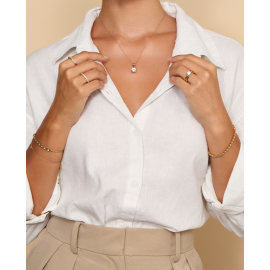
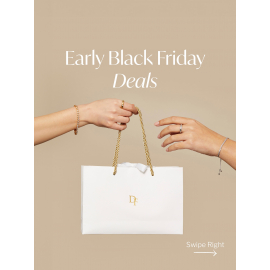
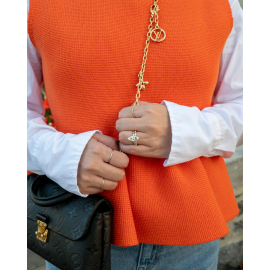
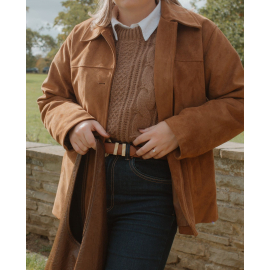

The world of engagement rings can feel a little daunting for someone just starting to think about getting down on one knee and asking that big question. The ring is the takeaway element, the item shown off and snapped in pictures as you and your partner announce your exciting news.
We know how hard it can be to choose the right ring, and so we’ve put together this comprehensive buying guide with tips for buying engagement rings and what to look for when buying diamond rings to help you make that big purchase!
The questions to ask before buying
What type of jewellery do they wear?
Someone who likes to swap and change their jewellery, depending on the outfit they are wearing, is likely to enjoy a traditional engagement ring that will work with every look they pull together. A classic solitaire on a white gold band or a princess cut would be a good option. For those who don’t wear much jewellery, or wear the same pieces every day, you can stretch your imagination a little further. It’s likely that they will enjoy wearing a statement engagement ring; think a marquise shape or a halo ring design.
If they enjoy wearing the latest styles, a rose gold engagement ring could be the right choice as it taps into current fashion trends. Take a good look at what they currently enjoy wearing and how they react to jewellery trends. You want to choose a ring that complements their personal style.
Do they have a preferred metal colour?
If your partner only wears white gold, then it’s safe to say a yellow gold engagement ring isn’t the best choice. When buying engagement rings, the metal is one of the most important choices.
· Yellow gold – best for those who enjoy vintage styles and classic jewellery design.
· White gold – a timeless metal that works best for those who like traditional, understated style.
· Rose gold – best for those who like to keep up with the latest trends, bear in mind that if rose gold goes out of fashion they may consider an updated ring.
· Platinum – a similar look to white gold but a hard wearing material.
How active are they?
How active your partner is, makes a big difference to the shape and size of the engagement ring you choose.
· Very active – whether they do a lot of sport or have a job involving manual work they need a ring that isn’t going to get in the way. A classic solitaire ring in a secure bezel setting may be the best choice as the diamond won’t get caught on anything and get damaged but still provide a bit of sparkle.
· Moderately active – if they exercise regularly a pronged setting should be okay and you could even look into three stone engagement rings for a bold look.
· Less active – if your partner has a sedentary job or always removes their jewellery when they exercise, then a bigger ring style with a statement stone can be chosen.
Of course, your choice still depends on personal style and preference but their activity levels are worth noting before making your purchase.
Do you know their ring size?
No one wants that special moment ruined with an engagement ring that doesn’t fit. So it’s important you feel confident that you know what their ring size is. The UK averages are K, L, M and N.
Ways to find out your partner’s ring size:
· Take a ring they wear often and measure this – but bear in mind that if it is worn on their index finger or opposite hand, the size will vary.
· Use your hand – a ring worn on the ‘ring finger’ on their opposite hand is the closest, place this on your own fingers and then use this to work out the size you need.
· Make an impression – take a ring they wear often and use a piece of sticky tack to make an impression on this. You can then easily measure this later.
· Make conversation – casual conversation about jewellery at a natural time (say when you’re walking by a jewellery store or watching a show that features a wedding or jewellery store) might be a good way to ask them if they know their ring size. Make a note of it when they aren’t looking!
If you’re still not sure, rings can be resized but we recommend purchasing one in a size bigger than you think you’ll need – it makes it easier to amend! Our full ring size guide can be found here.
What’s your budget?
We’ve talked before about how much you should pay for an engagement ring, and came to the conclusion that your budget doesn’t need to be determined by that age-old rule of one to three months wages.
It’s 100% up to you how much you spend but it’s a good idea to work out how much you have to play with before you start looking. This way, you won’t be disappointed when you find a ring you want to give and discover the price tag is out of your range.
What to look for when buying diamond rings
Diamonds are the preferred choice when it comes to engagement rings, their popularity soared in the 1950s and since then everyone wants a diamond on their finger to symbolise their love and commitment to their partner before a wedding ring joins it.
However, there are some things to look for when buying diamond rings. Read on…
The Four C’s
Cut, clarity, colour and carat are all things to take into account when purchasing your diamond ring. Here’s what each one means:
· Cut – this is the way the raw diamond is cut and determines the brilliance and finish. An ideal cut will reflect all of the light that enters the diamond, making it sparkle while shallow or deep cuts won’t reflect much light at all making the diamond appear dull.
· Clarity – this term means how many inclusions (flaws) are inside the diamond. Inclusions are imperfections that will make a difference to how the stone reflects light and looks to the naked eye. Clarity can be graded, VS1 – VS2 diamonds offer tiny inclusions but are very affordable, while Sl1 grades have inclusions that are visible but are great for those on a budget.
· Colour – diamonds vary in colour, from clear stones to yellow/grey coloured ones. Look for a diamond on the clearer end of the scale, G-J diamond grades are near colourless, look incredible and are still affordable.
· Carat – diamonds are measured by weight, so it’s important to remember that a huge diamond isn’t necessarily the best. A 0.25 carat diamond in a classic solitaire shape is usually around 4mm in diameter, while a 1-carat princess diamond shape is only 1.5mm bigger (5.5mm x 5.5mm).
Engagement ring buying tips
Some final points before you get ready to browse our selection of engagement rings:
· Take your time – there’s no rush! Carefully consider the questions and points above and ensure you don’t rush into a decision. We don’t want to apply any pressure but it is a piece of jewellery your partner will be wearing forever more – so it’s important you feel confident about your decision.
· Get some advice – speak to someone close to your partner about what they think they’d like. Their Mum/sister/best friend may offer a new perspective or make the choice easier. Perhaps present them with your final few options and see which one they think you should choose.
Feeling confident? Then check out our engagement ring range and find the perfect ring today!
White Gold Halo Diamond Engagement Ring
From £1,501
White Gold Round Diamond Engagement Ring
From £324